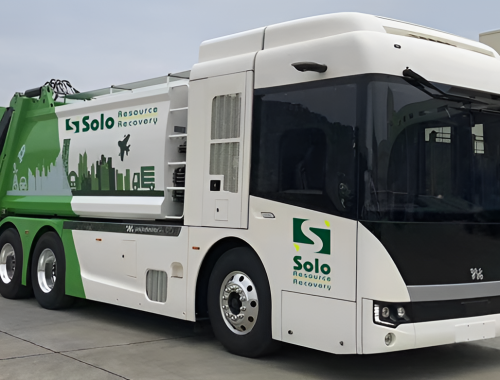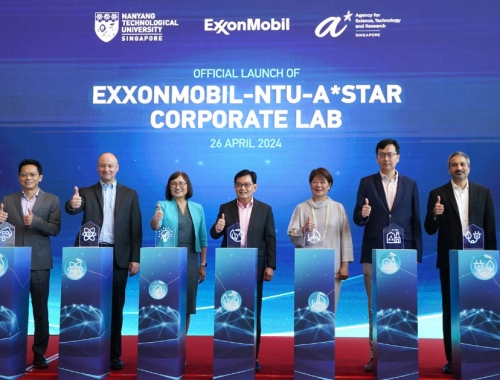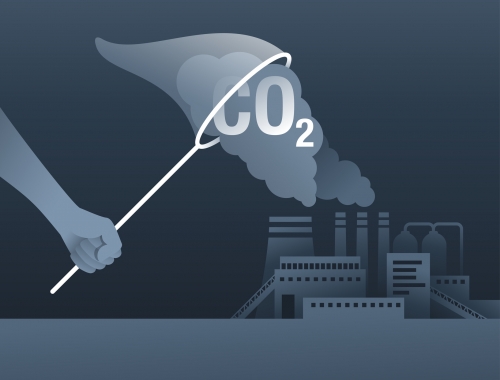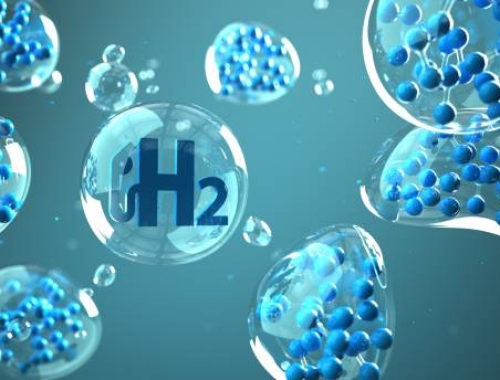Osaka Gas discusses Peru e-methane project: interview
SUMMARY
Osaka Gas in collaboration with Marubeni Corp and Peru LNG will work on the production and liquefaction of e-methane at Peru LNG's terminal. [Image credit: Osaka Gas]
By Shardul SharmaJapan’s Osaka Gas in collaboration with Marubeni Corporation and Peru LNG will work on the production and liquefaction of e-methane at Peru LNG's liquefaction terminal. Recently, Osaka Gas announced that the partners will undertake a joint detailed study as a pre front-end engineering and design (pre-FEED) stage activity, following a joint feasibility study launched in July 2022. The objective of this collaboration is to produce approximately 60,000 tonnes of e-methane annually by 2030.
The companies intend to delve into various aspects of the e-methane project, including terms and conditions for e-methane feedstock procurement, specifications for e-methane plant construction, and an in-depth analysis of the business feasibility for producing, liquefying, and supplying of e-methane to markets in Japan, Peru, and beyond.
The outcome of the pre-FEED study will guide the three partners in making an investment decision by 2025, with the aim of initiating e-methane production by 2030. The prior feasibility study verified the viability of producing e-methane at competitive costs within Peru LNG's natural gas liquefaction terminal.
The process utilises carbon dioxide recovered from the terminal facility and green hydrogen generated from renewable energy sources, such as hydro, solar, and wind power, available in the terminal's vicinity.
Yasushi Endo, who is in charge of Osaka Gas’ carbon-neutral business development internationally at the company's Osaka headquarters, discusses the project with GasPathways.
Q. The Peru LNG e-methane project has entered the pre-FEED stage. How long will it take to complete this phase?
A. We aim to complete the pre-FEED by the end of March 2024.
Q. Tell us about the reasons to select Peru LNG liquefaction terminal for the project.
A. There are two major reasons. One is the abundance of hydropower and the great potential of renewable energy sources in Peru, such as favourable sunlight and wind conditions. Renewable energy costs are a significant determinant of e-methane production costs. The other major reason is the Peru LNG terminal itself. As we consider exporting e-methane produced in Peru to Japan, Peru LNG’s liquefaction and shipping capabilities are attractive features for our e-methane initiative.
Q. What kind of demand potential do you see for e-methane in Peru and the nearby regions?
A. e-methane’s demand potential in Peru and neighboring countries will be examined in the pre-FEED.
Q. In Japan, where will Osaka Gas use the e-methane sourced from Peru LNG project?
A. We plan to provide e-methane sourced from Peru LNG to end users for their homes, businesses, and power generation. Our ultimate goal is to use e-methane to replace most of the existing fossil fuel-based gas in Japan.
Q. To what extent can e-methane development future-proof investment in new gas infrastructure on the path to net-zero?
A. e-methane consists of the same main component as natural gas and can be used in the existing gas infrastructure and customers’ gas equipment, making it possible to achieve a smooth energy transition at lower costs compared to other options. e-methane is gaining increasing recognition as a new type of energy that will realize the carbon neutrality of the gas supplied to the market.
We aim to achieve 1% e-methane in the gas grid (60mn Nm3/year) by 2030. To that end, we are studying the possibility of producing e-methane at 13 locations overseas. We plan to proceed with each project by going through feasibility studies, pre-FEED, and FEED before making FID on our first e-methane production in fiscal 2025. Among our projects, including those four projects we have so far announced, Cameron in the US, Tallgrass in the US, Santos in Australia, and IHI-Petronas in Malaysia, we will narrow down the candidate projects for our first e-methane production.
Q. What are some of the major environmental benefits of e-methane?
A. e-methane does not increase the amount of CO2 in the atmosphere because the emissions from using e-methane are offset by the CO2 captured; that is, CO2 is recycled in e-methane's life cycle. While green hydrogen has been the front runner as a solution to decarbonization, carbon-recycled fuels have attracted increasing attention recently due to their nature of not increasing emissions in the atmosphere.







